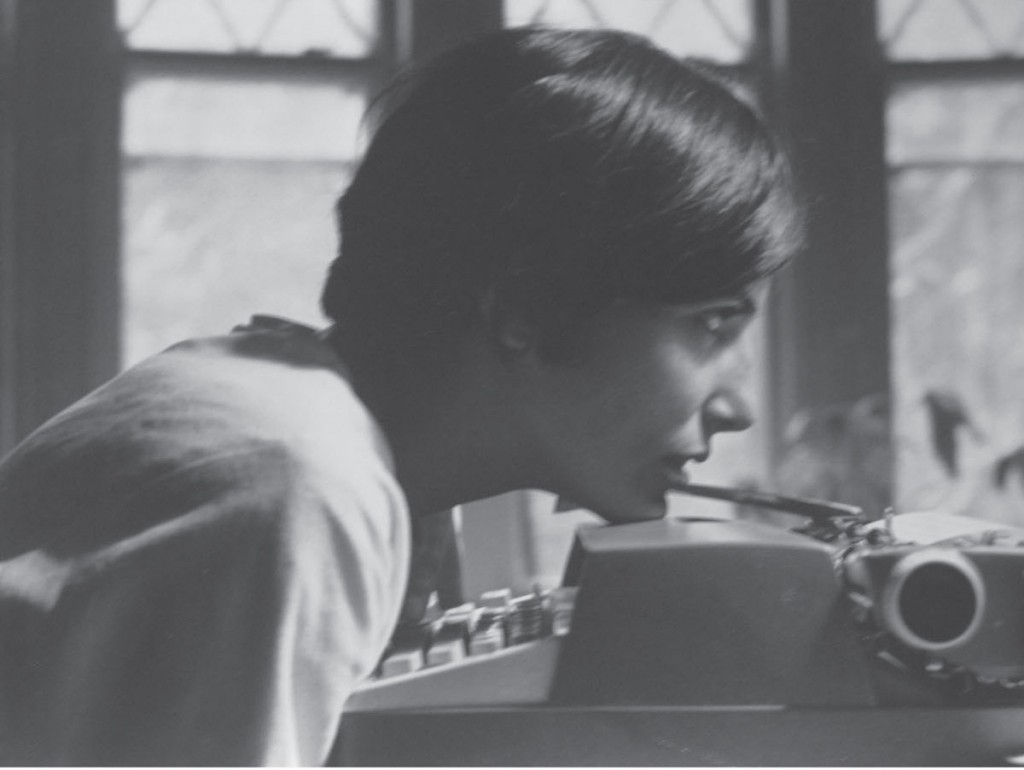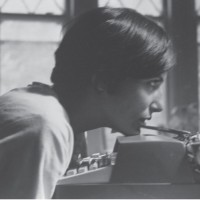
And in some years, I notice trends in my own reading. Sometimes I’ll discover the work of a particular author and end up reading almost everything they’ve written. (This has happened recently with both Geoff Dyer and Javier Marías.) This year, while I certainly suspect I’ll engage in similar behavior, I’m also planning to focus on specific areas of writing: specifically, art writing and poetry. Why? Because I know far too little about either, and that doesn’t sit all that well with me. And so this week, we have two instances of it, plus one other work that, in places, touches on the tropes of criticism to create something altogether weirder.
I’m ashamed to say that I hadn’t read much from Wayne Koestenbaum until now. I’ve encountered the occasional essay of his, and I’m eager to read more of his work, both his nonfiction and his poetry. On a whim, I recently picked up his short volume Humiliation, and was glad that I had. Not surprisingly, it finds him looking into multiple variations of the titular concept: he looks into his own personal history for instances of humiliation; finds its historic context, both in lethal terms and in subtler ones; and roots it in art and in today’s celebrity culture. It was incredibly informative, and also made certain connections that, in retrospect, seem incredibly logical, but which I’d never think to make. Highly recommended. (I’m also eager to hear Edward Champion’s 2011 interview with Koestenbaum which, from the excerpt posted, seems to find the author extrapolating further into the themes raised in this book.)
Earlier this year, I read Rosalind E. Krauss’s Under Blue Cup, and it was my enjoyment of that earlier volume that led me to pick up her collection Perpetual Inventory. It’s a wide-ranging work, including pieces first published in publications like Artforum and October (the latter of which she co-founded). It encompasses reviews written from the late 1960s on through the present; among the highlights is a long consideration of William Kentridge’s work including discussions of what it owes to animation, and how it differs; and informative pieces on video art and Cubism. Reading this was an enlightening experience — though I’ll admit that I felt less qualified to evaluate some of the more theoretical work — and I’m eager to start delving into the collections of work from October on particular artists. (I have the Dan Graham volume on my to-read shelf now.)
Another writer whose work I’d first encountered earlier this year is Portland’s Gabriel Blackwell. His Critique of Pure Reason gazes out imposingly, with a title that suggests philosophical history and the potential of madness both. (Not surprisingly, Blackwell has a forthcoming book touching on H.P. Lovecraft.) Here, Blackwell uses nonfictional techniques to tell decidedly surreal accounts: one early work uses a Lawrence Wescheler-esque comparison of a contemporary photograph to centuries-old art to gradually unravel a sinister account of doppelgangers and conspiracy. There’s also a story of Raymond Chandler becoming enmeshed in a kind of proto-noir plotline that anticipates his book Shadow Man, as well as a discussion of David Lynch that slowly becomes an account of a much earlier attempt to tell the story of Joseph Merrick on film. It’s heady and often thrilling work, the satisfaction of the known giving way to gasps as expected borders begin to give way.
Follow Vol. 1 Brooklyn on Twitter, Facebook, Google +, our Tumblr, and sign up for our mailing list.

